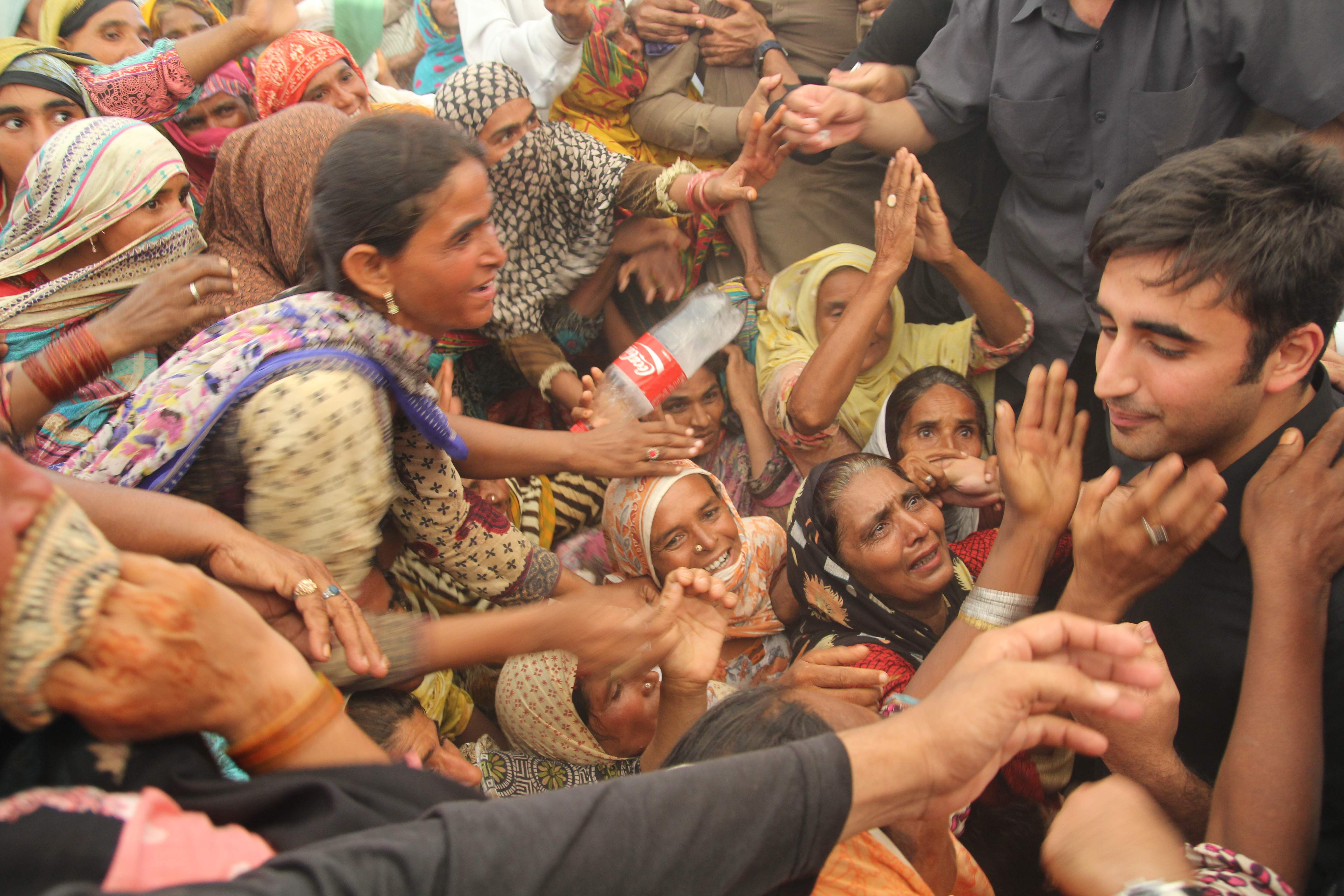
Who could have thought that the Pakistan People’s Party (PPP) might be one of the winners of the aftermath of the Panama leaks? Given the way in which the discourse around the controversy has changed from the accountability of the prime minister’s family to Imran Khan’s contradictory statements on offshore accounts, it appears that the Pakistan Muslim League-Nawaz (PML-N) may survive, while the Pakistan Tehreek-i-Insaf (PTI) will miss another opportunity, and in the midst of this all, the PPP silently gets to clean its slate. This won’t be all that easy, though.
The Panama leaks controversy may help people forget the era of corruption under the PPP, but to what political and electoral gain for the party? The Panama controversy is not going to usher a wave that it can ride to win seats in the next elections. It can thunder all it wants in parliament and give press conferences, but the ugly reality is that it’s a dying political party, barren of ideology and not fit to continue in the changing political landscape unless it undergoes a complete overhaul, which appears highly unlikely. There is a joke within establishment circles that all it took to bring the PPP to its demise and the military to respect democracy is one full democratic term in the country in which the party was in power.
There is a reason why the PPP is the way it is. For one, it continues to remain a traditional political party, with a traditional style of governance and development strategy. A party whose development vision is little more than hiring thousands of people within government ranks. The 21st century, it appears, hasn’t hit the PPP. Similarly, the party leadership is more consumed in street and opposition politics, which is why the PPP makes an excellent opposition party in parliament. But it remains the worst party when it comes to governance.
What the PPP really suffers from is the ageing factor that can cause all sorts of evils, including resistance to change, barriers to entry for newcomers, and delusions about its popularity. By and large, the party leadership and decision-makers are above the age of 65 who still live and breathe the politics of the 1970s and 1980s, fancying themselves as the true anti-establishment political workers fighting against tyranny.
The PML-N, on the other hand, was quick to deal with its own internal ageing factor. Ever since the threat from the PTI emerged in 2010, the PML-N lifted its barriers to entry and integrated youth and a younger political class within its ranks. Today, there is a sizeable presence of young parliamentarians in the PML-N, both at the federal and Punjab levels, who are actively changing the political discourse — the women protection bill being one of their major achievements.
The PPP, however, is failing to sell its ageing party to the 65 per cent of Pakistan that is under the age of 30, with the face of Bilawal Bhutto, who may be progressive and educated, but is surrounded by the same old traditional mindset and people who don’t allow him the traction within young Pakistan. The youth, especially in Punjab, refuses to buy the old wine that the PPP is forcefully trying to sell in Bilawal’s name — if anything the PPP is risking Bilawal’s political career by continuing to remain traditional in its approach. What power does Bilawal yield in the PPP is also a matter of concern given the groupings within the party, with Faryal Talpur running the show on one end and old stalwarts trying hard to remain relevant — both are equally destructive for the party. The public perception that Bilawal isn’t calling the shots in the PPP doesn’t help the party either.
And then there is delusion. I recently met two senior PPP leaders who fully accepted that the party has zero presence in Punjab, is struggling in Sindh, and has no strategy or plans to change that. However, they still felt confident of the PPP winning the next elections. How and by what methods, they don’t know, but in miracles they believe, especially those miracles that generate from Rawalpindi. It’s depressing to see a major political party that fashioned itself as the anti-establishment voice in the country, now resting its political hopes on a ‘third force’ acting against the PML-N’s power base in Punjab.
The PPP is in desperate need of a new face, new people, new political positioning and, most importantly, new issues to talk about. It cannot continue to label itself as the party of middle class workers and peasants when it really is the party of the elite. Neither can it continue the narrative of suffering, martyrdom or resistance to survive in politics. That worked in 2008, but failed in 2013 and won’t work in the future either. The new constituency that will define electoral wins and politics in Pakistan is the youth, and under Bilawal, the PPP could reorganise itself to be a party of the youth — a chance that the PTI capitalised on initially but eventually missed. But for Bilawal to pull this off, he may have to do some internal laundry and take the lead. The future of Pakistani politics is really about the youth; whichever political party is able to reorganise itself to this reality is likely going to prevail. So far, it appears that Maryam Nawaz has played all her cards right on that front. The question is, will Bilawal take heed? - Express Tribune